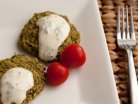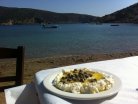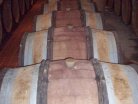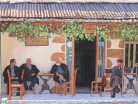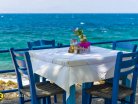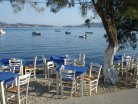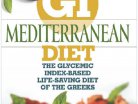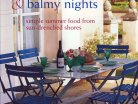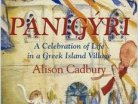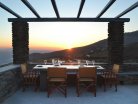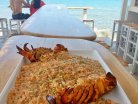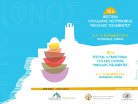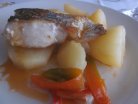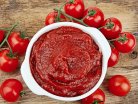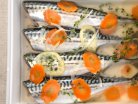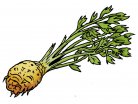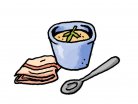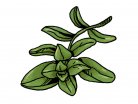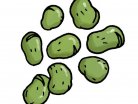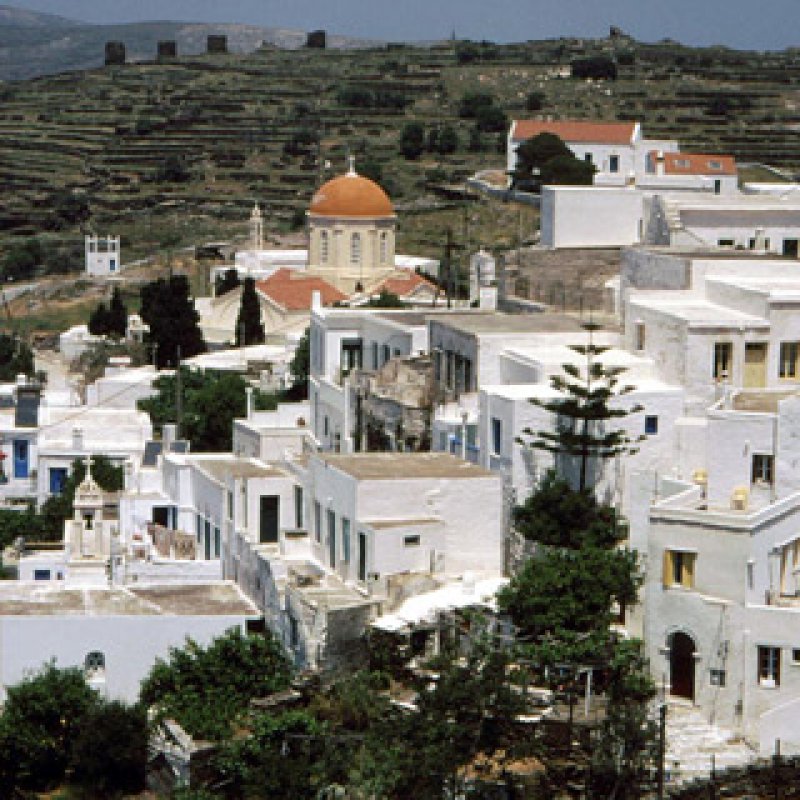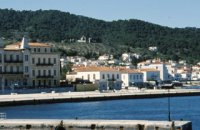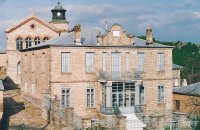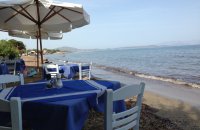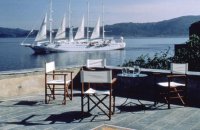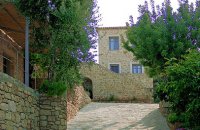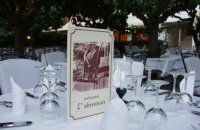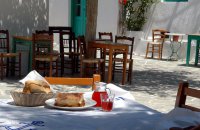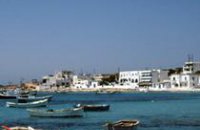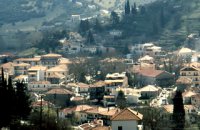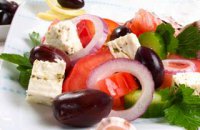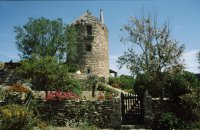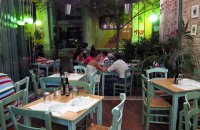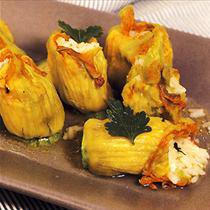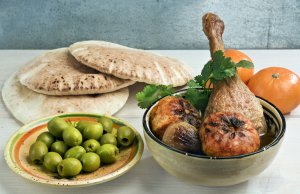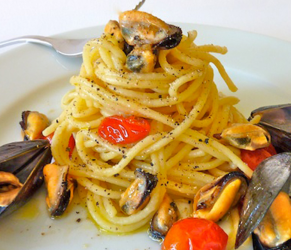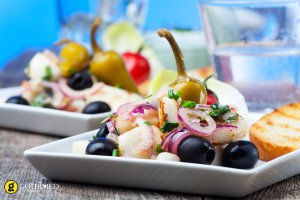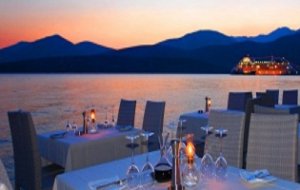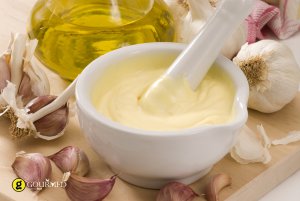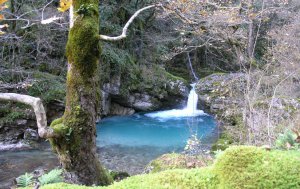Unless you’re hoping for a miracle or have a special affinity for your fellow man in large doses, you should never contemplate visiting Tinos in August. Around the time of the feast of the Assumption, this Cycladic island is bursting with pious pilgrims, many of which will crawl on their knees from the port to the marble cathedral where they will join hundreds of other penitents waiting for a chance to kiss the famous wonderworking icon of the Virgin.
During the rest of the year, however, Tinos is blissfully free of crowds. Somehow its reputation for religious pilgrimage has masked the fact that the rest of the island has more than enough beaches, mountains, pretty villages, and superb food to keep most people happy for days. In a lot of cases, these aspects will keep people happy for a lifetime, as indicated by the increasing number of foreigners and Athenians that have started buying houses there.
It’s true that the island does have a comically large number of churches. While Mykonos has one church for every day of the year, Tinos, with its 750, can manage two per day with several left over. Some say this is because, thanks to the many centuries of Venetian occupation, one in every three Tinians is still Catholic, and there is an undeclared war between the Orthodox and the Catholic to outdo each other. But whether you are a believer or not, these buildings only add to the charm of Tinos’s landscape. Unexpected Italian belfries contrast uniquely with Byzantine domes and both types of church bell lintels, while a plethora of plaques and fanlights have been sculpted into the facades made from local marble.
For Tinos is an island of artists. This is one place where what man hath wrought might just be even more attractive than Mother Nature’s efforts. Which is not to say that the island’s craggy mountains, daisy-filled pastures, and sandy beaches are humdrum, but rather that the villages, dovecotes, and fountain houses are even more beguiling.
Take the dovecotes, for example. There are more than a thousand of these little towers, all decorated with geometric signs and symbols that remind one of the openwork embroidery curtains hanging in every window. Each village looks inward onto a tree-shaded square, and all steps leading up or down to it are outlined in gleaming white, offset by cascades of magenta bougainvillea, and pots of brilliant geraniums. And like the churches, every house has relief sculptures embellishing its façade.
In the countryside, well-tended cobbled paths connect villages with monasteries and crumbling castles. Kekrovouni is one of the largest monasteries in Greece, while Xobourgo Castle is the most significant remnant of Venetian rule in the Cyclades. From Xobourgo Castle to the village of Ktikados is a walk, or drive, through stunning landscape. Though the view from Ktikados might be one of the best in the island, the village’s Drossia taverna will make the walk worth your while. The little cheese pies and keftedakia (fried meatballs) could not be more delicious, while the rabbit stifado (stew) is to die for. Even the cool breeze that passes through the vine-shaded terrace will not disappoint.
From there, it’s about two hours’ walk down to the sea; so hopefully either the stifado has given you a burst of energy, or you had decided to drive to the taverna. On your way down to the beach, you will pull over to take pictures as you cross the scenic old stone bridge at Kionia. As the site of a sanctuary to Poseidon, Kionia features a monument that credits Poseidon with ridding the island of snakes. Kionia is also the home of the Tinos Beach Hotel and there are several sandy coves beyond it that you might want to stop at, whether you prefer more privacy or are simply exhausted from walking.
Up the coast at Porto are more beaches, on either side of the Agios Sostis promontory, and at Pachia Ammos, where there are dunes. You will also find Antonis’ taverna at Pachia Ammos, an eatery with a reputation for "the best moussaka in the Cyclades."
You will be delightfully surprised by the Hora in the evenings. The old district, called Pallada, is filled with old houses converted into ouzeris, bars, and tavernas. Such destinations boast charming architecture, with painted ceilings, wall niches, and stone archways.
Lastly, Hora’s Koutouki should not be missed. Look for local specialities like wild fennel fritters, fried sun-dried tomatoes, kopanisti (spicy cheese), marinated anchovies, and piquant liver with peppers and onions. And if you’d like to take some of these products home, the square between the ferry landing and town hosts an open-air market most days. This is the place to stock up on capers, sun-dried tomatoes, and both fresh and aged cheeses. Be on the look out for “louzes,” or pork fillets salted,
soaked in red wine with spices, then smoked and hung to dry for several months.
Also, be sure to stop by the tiny village of Volax, a destination known as home to hundreds of basket weavers, especially if you need a basket.
Where to stay
Hotel Tinion- located in one of the grand old houses of Tinos, next to the post office. An extra perk is the splendid breakfast. Tel: 22830 22261, fax 22830 24754.
Hotel Leandros- features attractive island style architecture and furnishings, in a handy location, charming owner. Tel. 22830 23545, 24390.
Tinos, The Gem of the Cyclades
With its peace and beauty- both natural and man-made, the island of Tinos makes for the perfect weekend getaway, except in August.
Country:
Category:
Related Articles
Most Popular recipes

